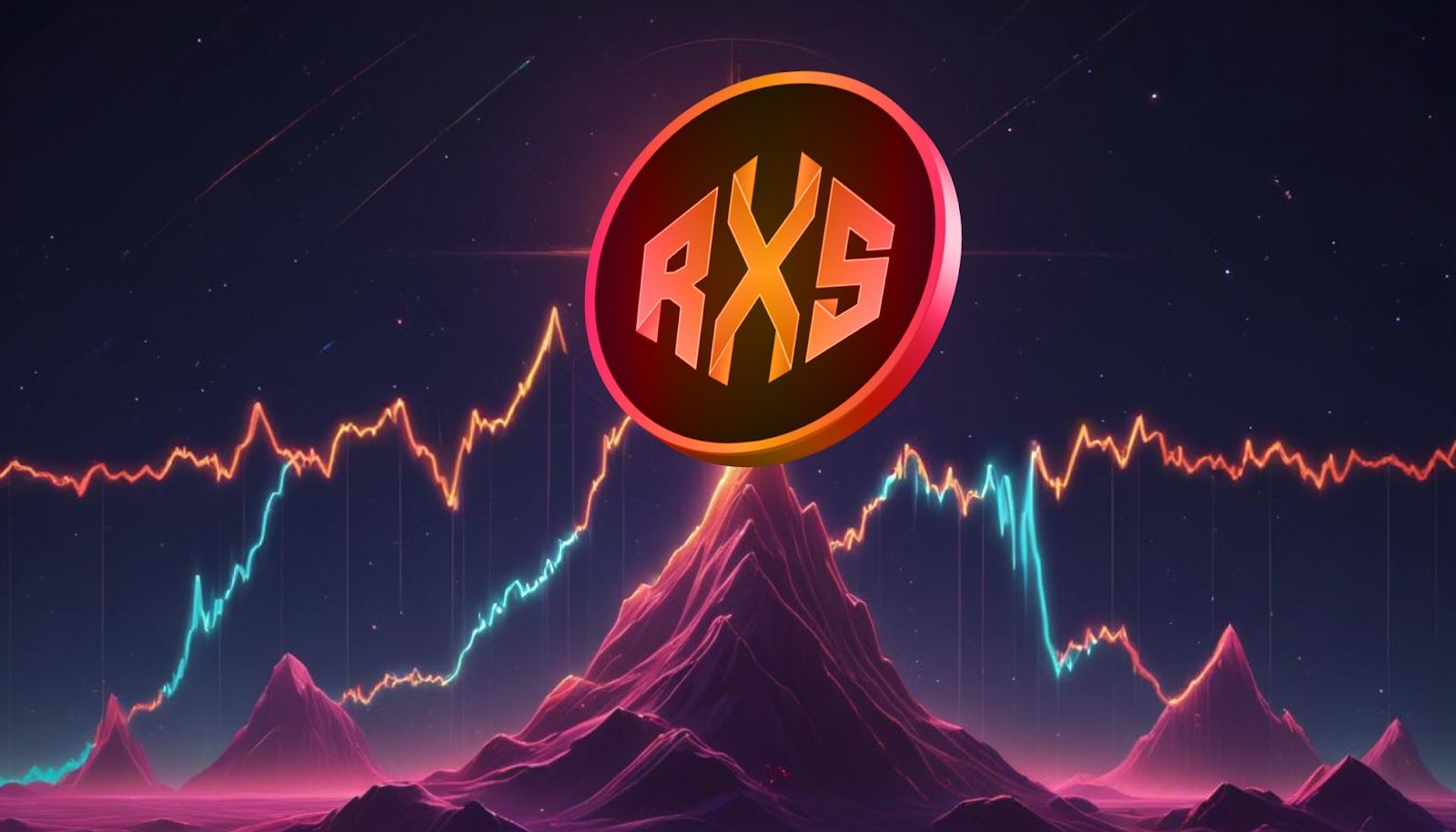ARTICLE AD
Analysts estimate that the demand for Ethereum ETFs could reach between $5 to $10 billion in the first few months of trading.
Grayscale has moved $1.01 billion worth of Ethereum to Coinbase Prime as it prepares for the launch of its new ETH ETFs. This significant transfer is a crucial step in rolling out Grayscale’s Ethereum mini-ETF and other related products in the US market this week.
Strategic Transfer for Upcoming ETFs
Grayscale’s transfer of $1.01 billion in Ethereum to Coinbase Prime is a strategic move in preparation for its new Ethereum ETFs. This transfer, which represents 10% of Grayscale’s Ethereum Trust (ETHE) assets, aims to streamline the transition from its existing trust to the new ETF, which is set to start trading today.
While some market observers speculate that Grayscale might be preparing for a sell-off to reinvest in other cryptocurrencies, such as Solana, experts have largely dismissed these concerns. According to Jon Campagna, managing partner at Nexyst Digital, this transfer is part of a strategic plan rather than a sign of asset reallocation. Campagna explains that it’s designed to streamline the transition from ETHE to the new ETF, which offers lower management fees.
This is a bit deceiving. On July 18th Grayscale carved off 1/10 of all ETHE holdings into a new “ETH” ticker for their ETF. They said the new ticker “ETH” would go live and ETHE holders would get their 1/10 ETH etf position tomorrow, July 23rd. In order to fund the 1/10 or 10% of…
— Jon Campagna (@thecampsishere) July 22, 2024
Fee Disparity and Investor Behavior
The fee structure of Grayscale’s Ethereum products is set to influence investor decisions significantly. The existing Ethereum Trust (ETHE) carries a 2.5% management fee, while the newly launched mini-ETF features a substantially lower fee of just 15 basis points. This stark difference is likely to drive investors toward the lower-cost ETF, potentially leading to a shift in assets.
Analysts, including Bloomberg’s Eric Balchunas, anticipate that this fee disparity will cause outflows from ETHE as investors seek to minimize costs by moving their investments into the new mini-ETF, driving inflows into the mini-ETF.
Comparatively, other issuers in the market, such as BlackRock and Fidelity, are also launching their own Ethereum ETFs with competitive fees. BlackRock and Fidelity’s ETFs are set to charge around 0.25%, while VanEck and Bitwise have set their fees at 0.20%, and Franklin Templeton at 0.19%. This broader trend towards lower fees across the industry could further accelerate the shift in investor preferences.
Market Impact and Ethereum Price Projections
Analysts estimate that the demand for Ethereum ETFs could reach between $5 to $10 billion in the first few months of trading. However, opinions on how the ETFs will affect Ethereum’s price, which recently surpassed $3,500, are mixed. While some experts predict that Ethereum could see new highs, potentially reaching $5,000, others are more cautious.
Wintermute, a prominent market maker, has suggested that demand for Ethereum ETFs might be lower than expected, which could temper price increases. Market participants are closely monitoring developments as the Ethereum ETFs launch, anticipating how the new products and fee structures will influence investment flows and Ethereum’s price trajectory.

 4 months ago
25
4 months ago
25 

